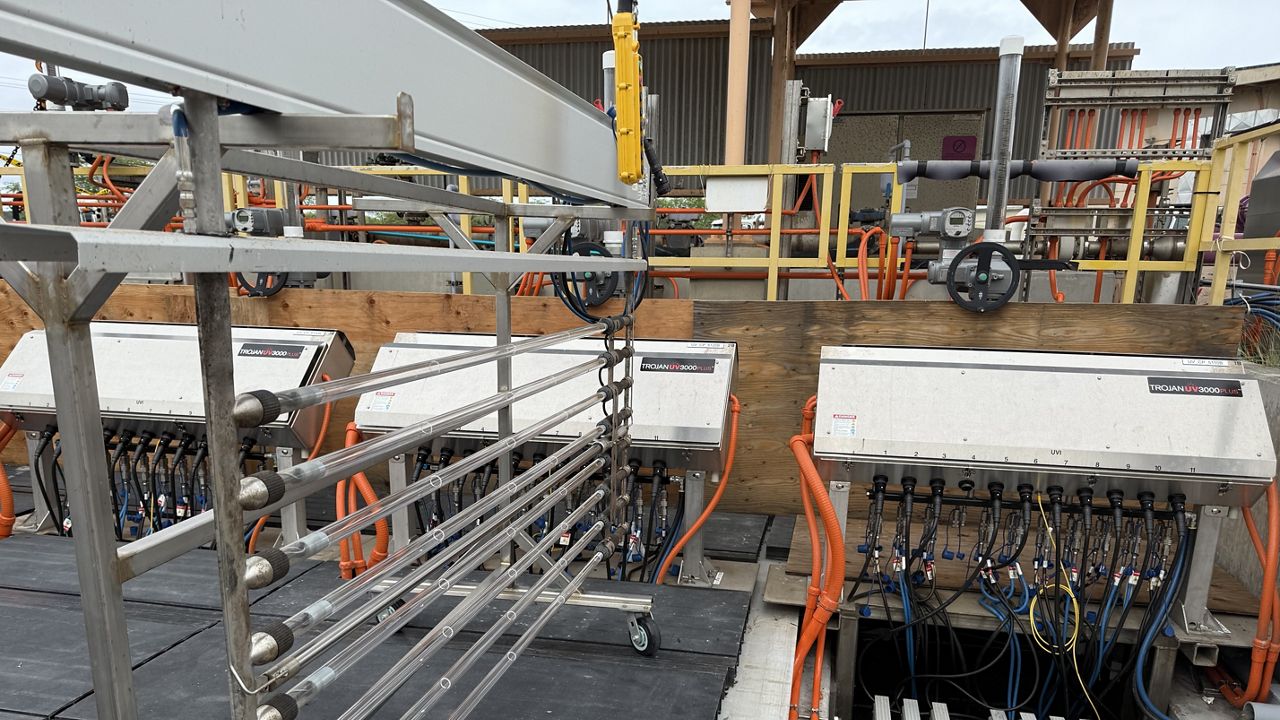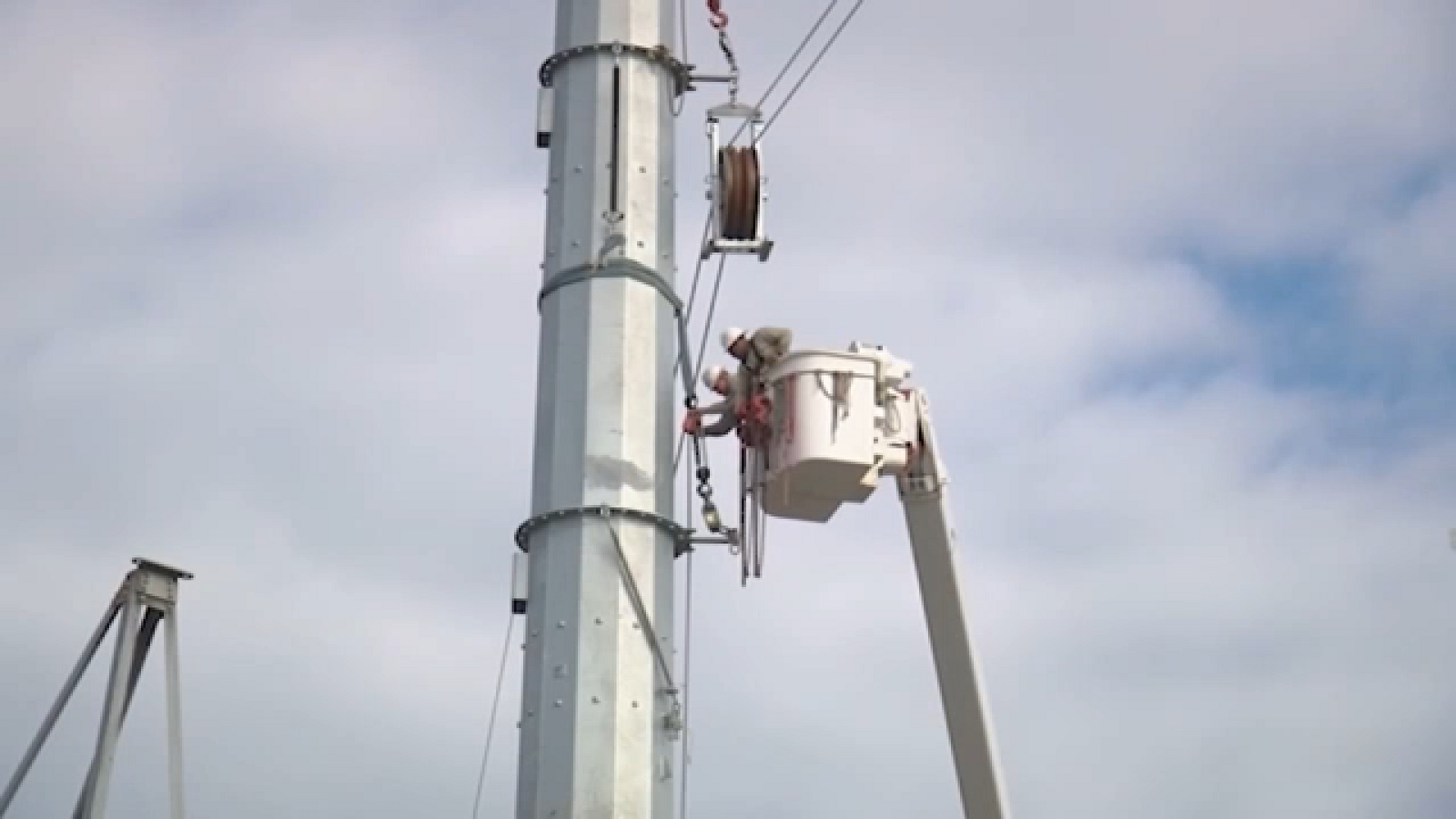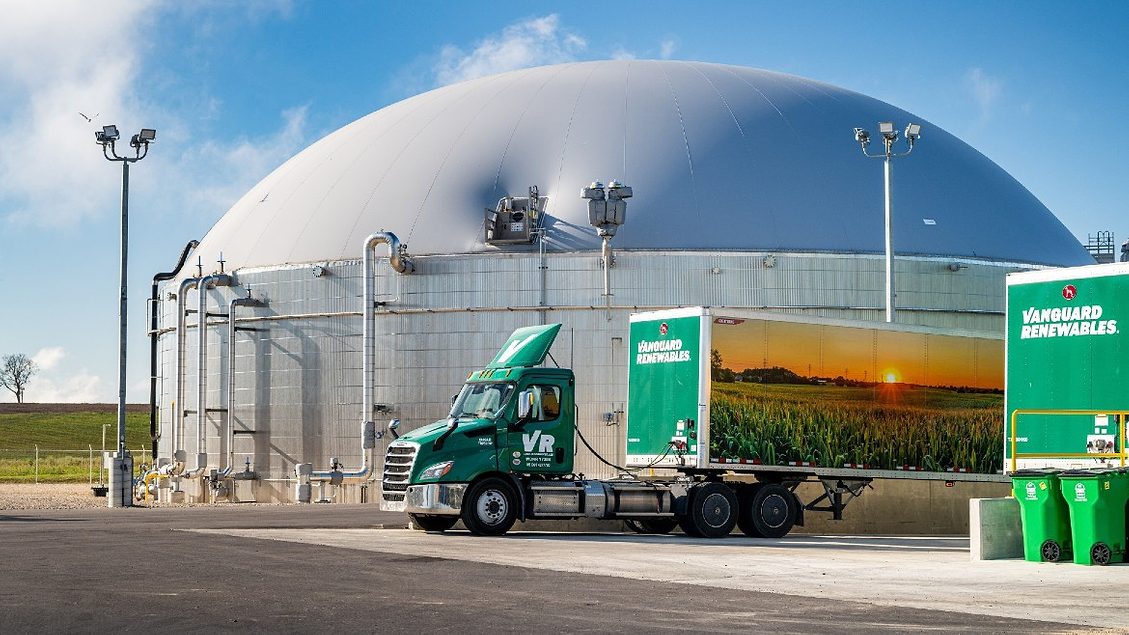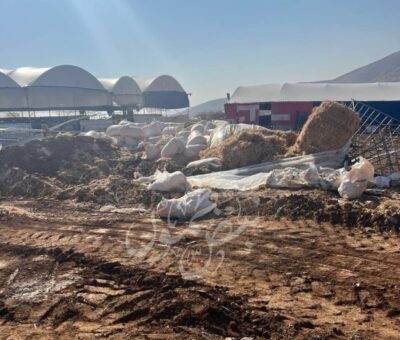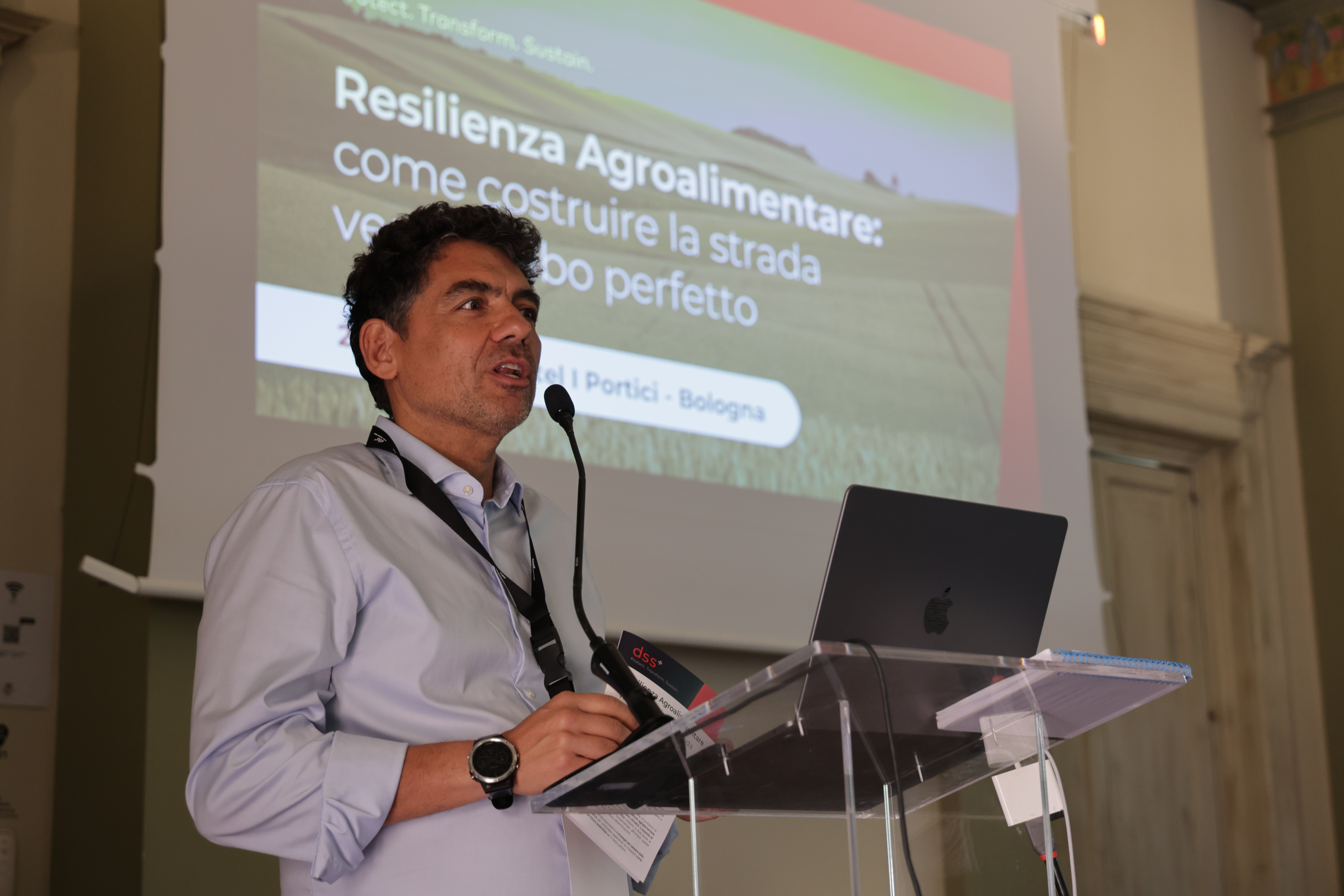Humanity Has Overstepped Six of the Earth’s Nine Planetary Boundaries
A new study from the University of Copenhagen reveals that humanity has exceeded the safe limits of six out of nine planetary boundaries outlined in the Planetary Boundary concept, a global sustainability framework introduced in 2009. These boundaries include climate change, biosphere integrity, ozone depletion, ocean acidification, and freshwater change. While climate change is a crucial issue, the study emphasizes that it's just one aspect of a larger environmental crisis. Maintaining the "safe operating space" within these boundaries is vital for preserving the Earth's sustainable conditions, similar to managing one's blood pressure to reduce the risk of a heart attack. The research highlights the impact of human activities on biodiversity, with 30 percent of energy available for supporting biodiversity before the Industrial Revolution now appropriated by humans, contributing to biodiversity loss. The study underscores the interconnectedness of these boundaries and the need to address various ongoing environmental crises alongside climate change.

- First introduced in 2009, the Planetary Boundary (PB) concept distills our view of the planetary crisis into nine categories, only one of which is climate change itself.
- A new study from the University of Copenhagen shows that, of these nine planetary boundaries, humanity has transgressed six of them beyond the limits of “safe operating space.”
- Further research is needed to understand how the depletion of one boundary might affect the status of others within the PB framework.
The fight against climate change is one of the biggest battles humanity has ever undertaken, but a new paper published today in the journal Science Advances, a warming climate is only one skirmish in a much larger war.
Scientists at the University of Copenhagen have updated a global sustainability framework, known as the Planetary Boundary (PB) concept, and it’s all-around bad news. First introduced in 2009, the PB concept focuses on nine planetary boundaries, of which climate change is only one—others include things like biosphere integrity, ozone depletion, ocean acidification, and freshwater change.
Staying within the “safe operating space” below these boundaries means maintaining the sustainable Earth that we’ve come to know throughout the Holocene. But crossing one of these nine boundaries means increasing the likelihood of a planetary calamity.
According to new research, humans have now crossed six.
“Respecting and maintaining interactions in the Earth system so that they remain similar to those that have controlled Earth conditions for the past ~12,00 years are critical for ensuring human activities do not trigger dramatic changes in Earth’s condition,” a press statement reads. “We can regard [planetary boundaries] as we do our own blood pressure. A BP over 120/80 is not a guarantee of a heart attack but it increases the risk of one.”
Johan Rockström, director of the Potsdam Institute for Climate Impact Research (PIK), originally composed this framework to bring much needed attention to other areas of the climate crisis. For example, this new paper argues that integrity of the biosphere is the “second pillar of stability of our planet” next to climate change. So while climate change might be the most important side effect of human-induced environmental degradation, it isn’t the only on-going crisis that needs to be addressed.
While six of these boundaries have been crossed, the paper warns that an additional two boundaries—atmospheric aerosol loading and ocean acidification—are increasing toward the boundary threshold. In fact, the only boundary that doesn’t appear to be increasing is the stratospheric ozone depletion.
One of the key takeaways of the study is how biomass affects biodiversity. The scientists’ work shows that 30 percent of energy that was available for supporting biodiversity before the Industrial Revolution has now been appropriated by humans. This is likely the key driver behind biodiversity loss throughout the world. Similar studies will need to analyze further interconnections among these boundaries, and how the transgression of one boundary can greatly impact another.
The fight against climate change is as important as ever, but it’s worth remembering that keeping the thermostat from rising 2 degrees Celsius is only one front in the on-going battle to keep Earth habitable for future generations.
Credits DARREN ORF
What is Your Reaction?
 Like
1
Like
1
 Dislike
0
Dislike
0
 Love
0
Love
0
 Funny
0
Funny
0
 Angry
0
Angry
0
 Sad
0
Sad
0
 Wow
0
Wow
0






















